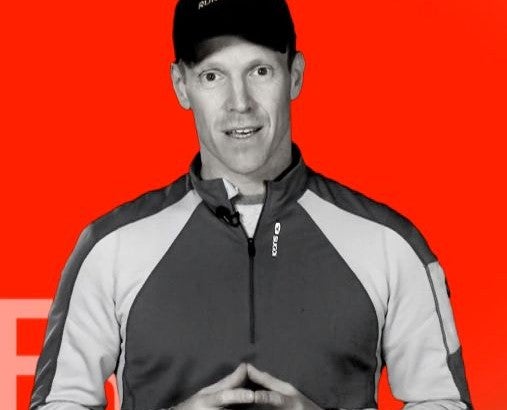Troubleshooting Tendonitis

“Tendonitis” is a buzzword for athletes. They hear it and say it, but many people are unclear on what tendonitis really is, how it happens or, most importantly, how to fix it.
What is it? The word tendonitis means “inflamed tendon.” Tendon is the rope of fascia that connects muscle to bone. Tendons such as the Achilles are thick since they withstand major amounts of force; other tendons, such as the one connecting your pinky finger to the extensor muscle, are small and thin since they don’t have as much forceful work to perform.
Why do tendons get inflamed? When the force loaded on a muscle is too much for the strength of the muscle, force gets unevenly distributed on the tendon. The result is tendonitis. Strong muscles prevent tendonitis. For example, a 10-mile run done when undertrained (when your muscles are weaker) is more likely to cause tendonitis than if you did that same run when in good training shape.
Why does tendonitis take so long to heal? In sports medicine, good blood supply means good healing potential. When you tear your calf muscle, it heals because the belly of the muscle is very well vascularized. No such luck with tendons—they have a terrible blood supply, which is why tendonitis can last for months.
What can be done to treat it? In the short term, try to reduce the inflammation. Try icing for 15 minutes (or taking an ice plunge) when you start feeling an achy tendon, and limit your training volume or intensity while you’re sore. Anti-inflammatory medicines can help get rid of inflammation for the short term. Like most injuries, the more you push through the pain, the worse it gets and the longer it takes to heal. Go see a doctor early on. He or she may write a prescription, have you see a physical therapist, or maybe even get an MRI if a chronic tendonitis with fluid buildup, called tendinosis, is suspected.
How do I prevent it? If you have been diagnosed with tendonitis and want to avoid a relapse, you’ll want to focus on building strength and proper body mechanics. First strengthen the muscles around the affected tendon, and then strengthen the muscle connected to the inflamed tendon once the pain subsides. Mechanically, you’ll need to fix your run stride, bike cleat position or swim stroke—whatever the mechanical factor is that might be causing pain.
Jordan D. Metzl, M.D. is a nationally recognized sports medicine specialist at Hospital for Special Surgery in New York City who has run 29 marathons and finished nine Ironmans. Drjordanmetzl.com